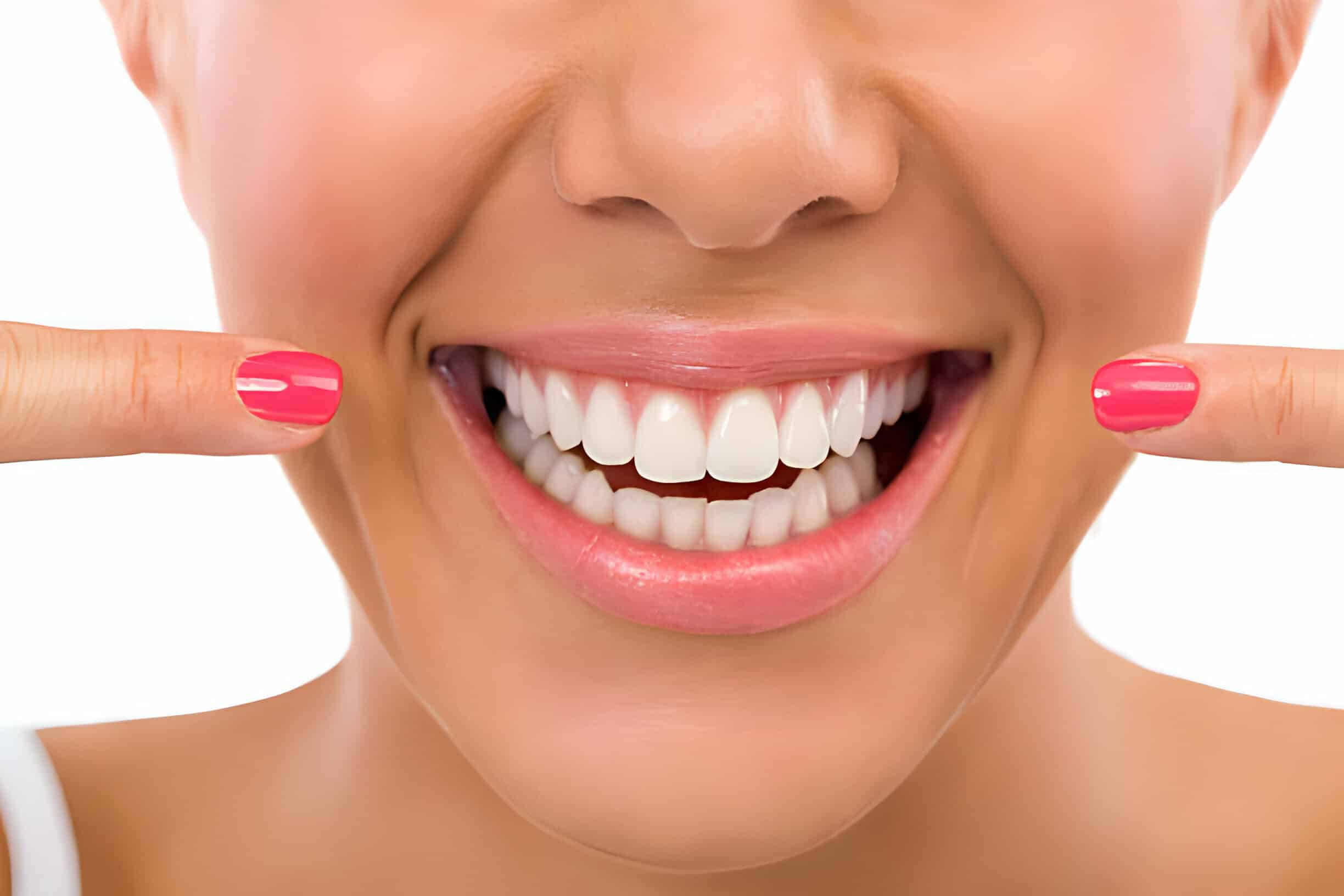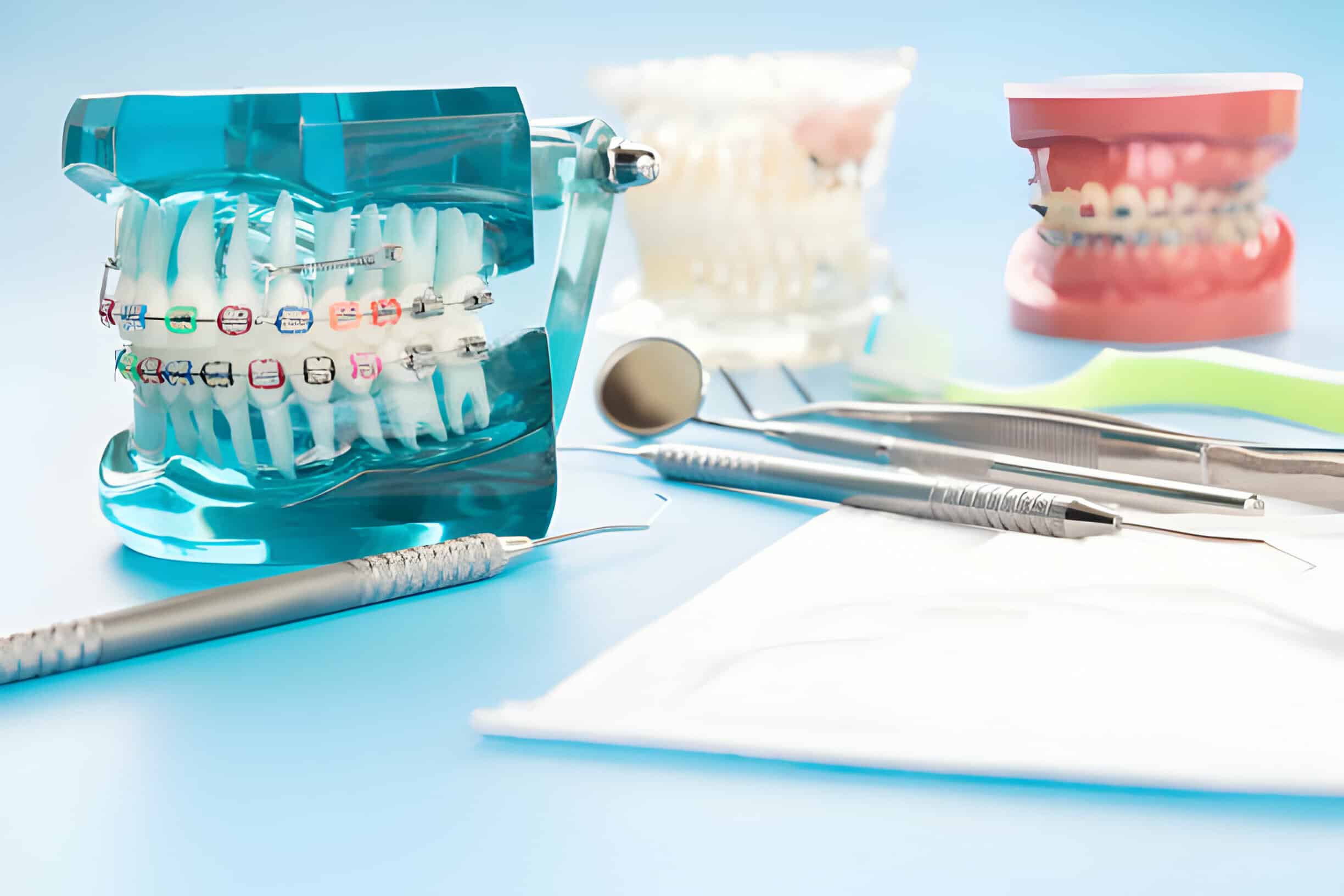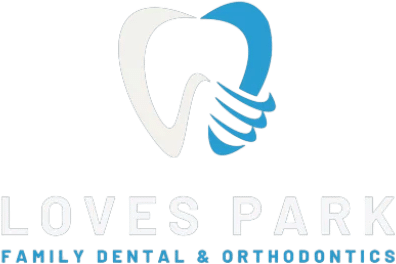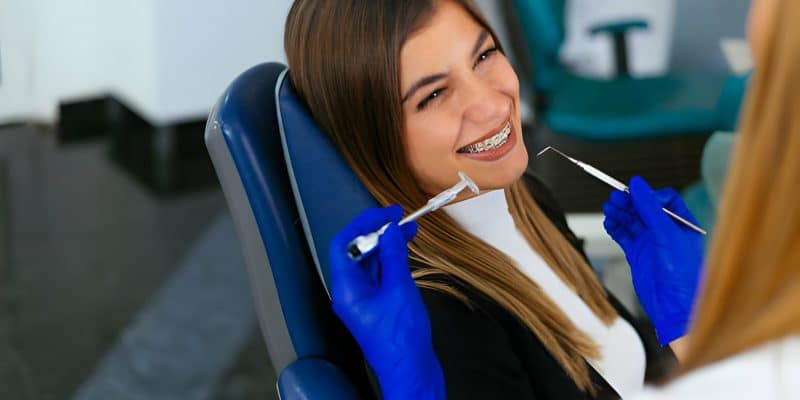Summary:
Did you know? 9 out of 10 people in the US have crooked teeth!
The numbers might surprise you as you don’t see everyone wearing traditional braces.
But are the stats wrong? Well, they aren’t, thanks to effective dental teeth straightening methods. These unique methodologies have evolved significantly over the past couple of years. As a result, there are now many new tactics to straighten your teeth and get you the perfect smile.

Sadly, the availability of different treatment options makes it a challenge. Most patients visiting our clinic want to choose the right straightening option. Keeping the same in mind, we’ve listed out different teeth-straightening methodologies to help you make an informed choice with topics such as:
- Understanding the Teeth Straightening Process
- Different Types of Malocclusion
- Different Classifications For Oral Misalignment
- Different Straightening Options for The Perfect Smile
This blog will explore some of the most popular and effective teeth-straightening tactics you can use today. Let’s dive in!
Understanding the Teeth Straightening Process
Misaligned teeth are a severe issue! Leaving these issues untreated for long can result in the development of other dental problems, such as tooth decay.
Straightening is a relatively simple process where the straightener will exert pressure on your cavity to get it into proper teeth alignment and position. You can use these tactics to address different alignment issues, such as crowded, overbite, underbite, crooked, and even lower the gap between your teeth.
Different Types of Malocclusion
Misaligned bite or teeth is a clear sign of malocclusion, with different malocclusion issues. It is even possible to have more than one type of malocclusion at once. Understanding these types will help you get the proper treatment for straight teeth and a perfect smile. Some of the most common dental misalignment types include;

- Diastema: Tooth gaps are relatively common, but diastema is a relatively different condition with significant gaps between the two front teeth.
- Overbite: Also known as a closed bite or deep bite, this is a condition where your upper front overlaps your lower front when your back teeth are closed.
- Crossbite: Crossbite is when your upper fit inside your lower teeth and can involve your front, back, or both.
- Openbite: This is the oral condition where the upper and lower front teeth slant outward and do not touch with the mouth closed. This issue generally develops in the front or back teeth of an individual.
- Underbite: This condition is where the patient’s lower front teeth or jaw sit ahead of the upper front enamel or jaw.
- Overjet: Also known as buck teeth, overjet is when your upper front teeth tend to protrude.
- Overcrowding: This is a relatively common issue with insufficient space in your mouth for proper alignment, resulting in overlapping or crooked teeth.
Different Classifications For Oral Misalignment
Dentists in Loves Park, IL generally classify teeth misalignment into three different classes based on the severity of the case. These classifications include:
- Class 1: This is one of the most misaligned class types with minor overcrowding in the front teeth, but the molar’s position remains intact.
- Class 2: This is where the patient’s upper enamel and jaw push out over the lower jaw.
- Class 3: This is where the patient’s lower jaw pushes out under the upper jaw.
Different Straightening Options for The Perfect Smile
Thanks to the latest advancements in dental science, we have more than one way to straighten and align teeth. Some of the best-known treatment approaches and options include:
Clear Aligners
Clear Aligners are one of the last and most effective options for oral straighteners. You can easily remove these invisible aligners while eating or cleaning your cavity. The dentist will provide you with multiple sets of clear aligners during treatment.
You must wear each aligner set for at least two weeks and then move on to the next set as your jaw gradually returns to its position. One can use clear aligners to treat multiple misalignment issues such as open bites, gaps, overbites, underbites, and crowded teeth, to name a few.
Traditional Braces
As the name suggests, these are conventional metal braces that have been helping people with teeth straighten goals for decades. These braces are generally made of metal brackets and wires held together with rubber bands.
These metal braces have long been one of the most effective and affordable ways to straighten your jaw and get the best smile. These braces will gradually push your teeth into the proper alignment, and the dentist will tighten the pressure during the treatment.
Headgear
These are orthodontic headgear that dentists recommend patients to wear along with their braces. While the brace’s ability is limited to correcting your jaw’s alignment, adding headgear into the mix also helps enhance the jaw’s growth and shape to enhance your facial structure.
You can address alignment issues using headgear, such as underbite, overbite, open bite, overheat, and crossbite. In most cases, the dentist recommends wearing a headgear for at least twelve hours a day, and the treatment can last a year or two.

Retainers
After you get a realignment treatment, it is natural for your cavity to try and return to its original position. This is where the retainer comes into the picture to keep your cavity from moving and preserve your new smile after braces.
You can get a permanent or removable retainer based on your needs and preferences. In most cases, you will have to wear a retainer for at least four to six months, but this duration can increase based on the severity of your case.
Dental Bondings
Dental bondings are another popular to straighten your cavity or address minor misalignment issues. This cosmetic dental treatment can effectively correct uneven or crooked teeth.
The dentist will start the treatment by shaping and molding your enamel and using a soft resin material to fill the gaps. You can even use dental bondings to whiten or repair chipped teeth.
Veneers
While veneers might not always be preferable to enhance your smile for teeth, they can still be a good short-term alternative. These veneers are thin shells placed over your enamel’s front to enhance their shape, color, and size. Dentists often only recommend veneers if you prioritize aesthetics over functionality.
Takeaway
- Teeth straightening is a relatively simple process where the straightener will exert pressure on your cavity to get them into proper teeth alignment and position.
- Common misalignment issues include diastema, overbite, crossbite, open bite, underbite, overjet, and overcrowding.
- Traditional braces, clear aligners, dental bondings, veneers, retainers, and headgears are some of the most popular options to straighten teeth with or without tooth brackets.
- Don’t risk your smile with misaligned teeth; visit our experts at Loves Park Family Dental today!

